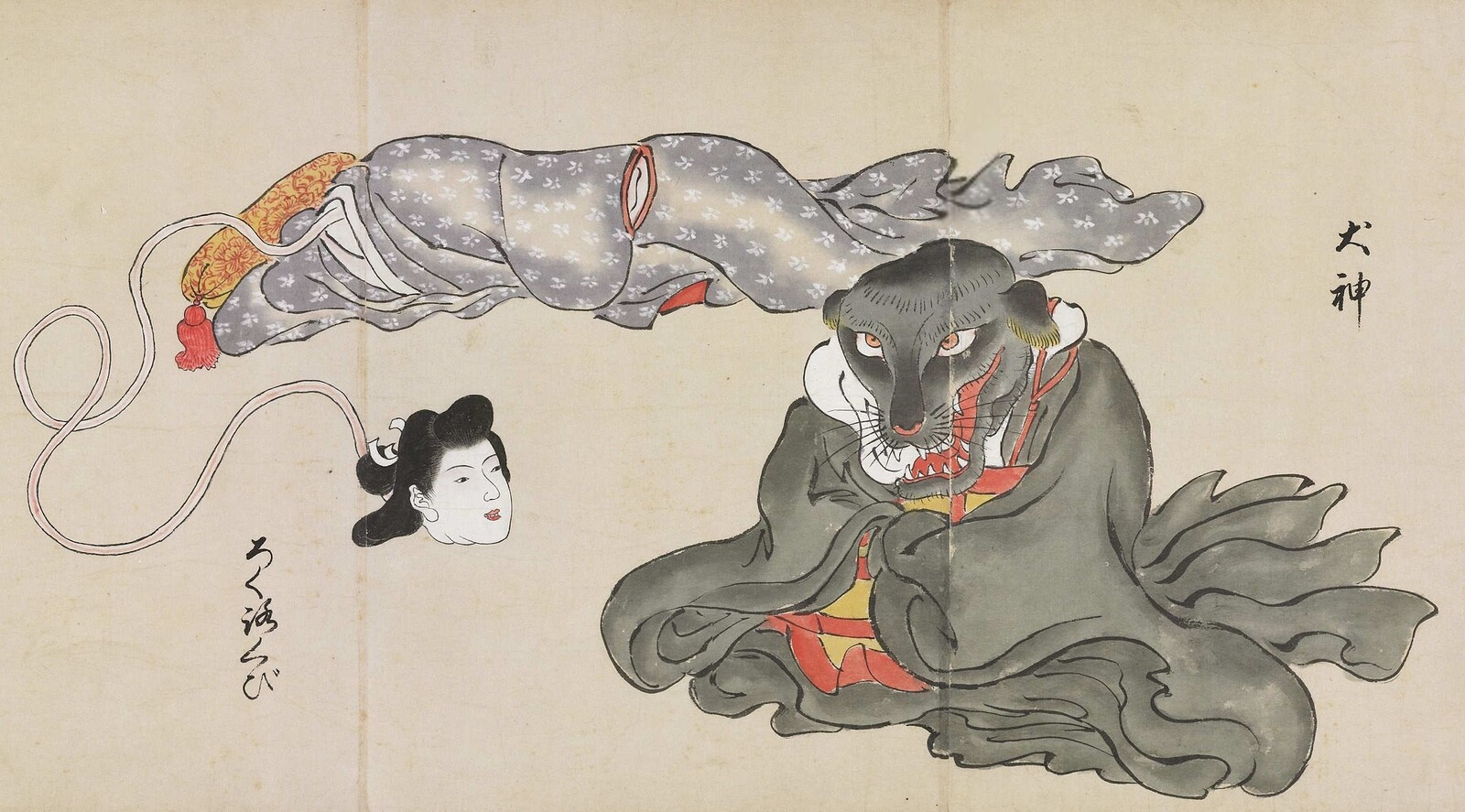In a recent review of Mark Leckey’s work, Laura McLean-Ferris wrote of the artist’s remarkable ability to conjure the “experience of being overcome” that is typically associated with religious experience.1 Her article—and its citation of Peter Schjeldahl’s comparably revelatory encounter with Piero della Francesca—prompted the question of why this type of experience should be so exceptional in the life of an art critic. Shouldn’t those of us who spend our days going to exhibitions regularly be overwhelmed? Shouldn’t every work of art at least aspire to these effects? Have we become jaded, or is something else going on?
The challenge and reward of writing about art is in trying to articulate experiences that resist expression in language. Yet noone working in the field can have failed recently to notice the increased pressure on artists to move in the opposite direction: to ensure from the beginning that their work is so easily legible as to foreclose any possibility of its misinterpretation. In which case, the apparent scarcity of transformative experiences might be neither the symptom of a general disillusion nor proof that the present generation of artists is unable to produce them. It might instead be attributed to an institutionalized anxiety around the expression of ideas and feelings that cannot be corralled into accepted codes and categories.
There might be a useful analogy here between different types of aesthetic and religious experience, the latter of which is often divided into “imagistic” and “doctrinal” modes.2 The imagistic mode of religiosity is characterized by irregular but intense ritual events that imprint themselves onto the memory, as Leckey’s work aspires to do. It is suggested that the origins of this non-verbal mode of transmission are bound up with the appearance of cave paintings in the Upper Paleolithic period. Which is to say that the earliest form of religious experience was also the earliest form of art.
The doctrinal mode, by contrast, emerges later and is communicated through the spoken word and written texts. These “religions of the book” endure and spread because they do not depend on spectacular rituals at sacred sites but on the much more straightforward dissemination of doctrine. These forms of religion are easier to reconcile with legal and political power, into the structures of which they are often incorporated, and they tend naturally towards the production of dogma. Readers will be able to summon their own examples of works of art fitting into this model.
All of which is to wonder whether the practice of art might likewise have come to depend more on the study of canonical texts—and their dogmatic application—than on the production of moving experiences. Yet the two modes are not mutually exclusive, as anyone who has attended a Catholic mass or Buddhist ceremony will know. Or, indeed, as Kenny Fries finds in his forthcoming review of an at-once deeply affecting and politically impactful retrospective of Donald Rodney’s career. This month’s program—with coverage of the Venice Archictecture Biennale, reflections on the status and possibilities of digital media, and reports on artistic practices ranging from no-budget African action films to furniture-making—offers more opportunities to reflect on how they might be combined, and to what end.
Laura McLean-Ferris on Mark Leckey’s “As Above So Below,” e–flux Criticism (April 16, 2025), https://www.e-flux.com/criticism/665617/mark-leckey-s-as-above-so-below.
See Hugh Bowden, Mystery Cults in the Ancient World (London: Thames & Hudson, 2023).
